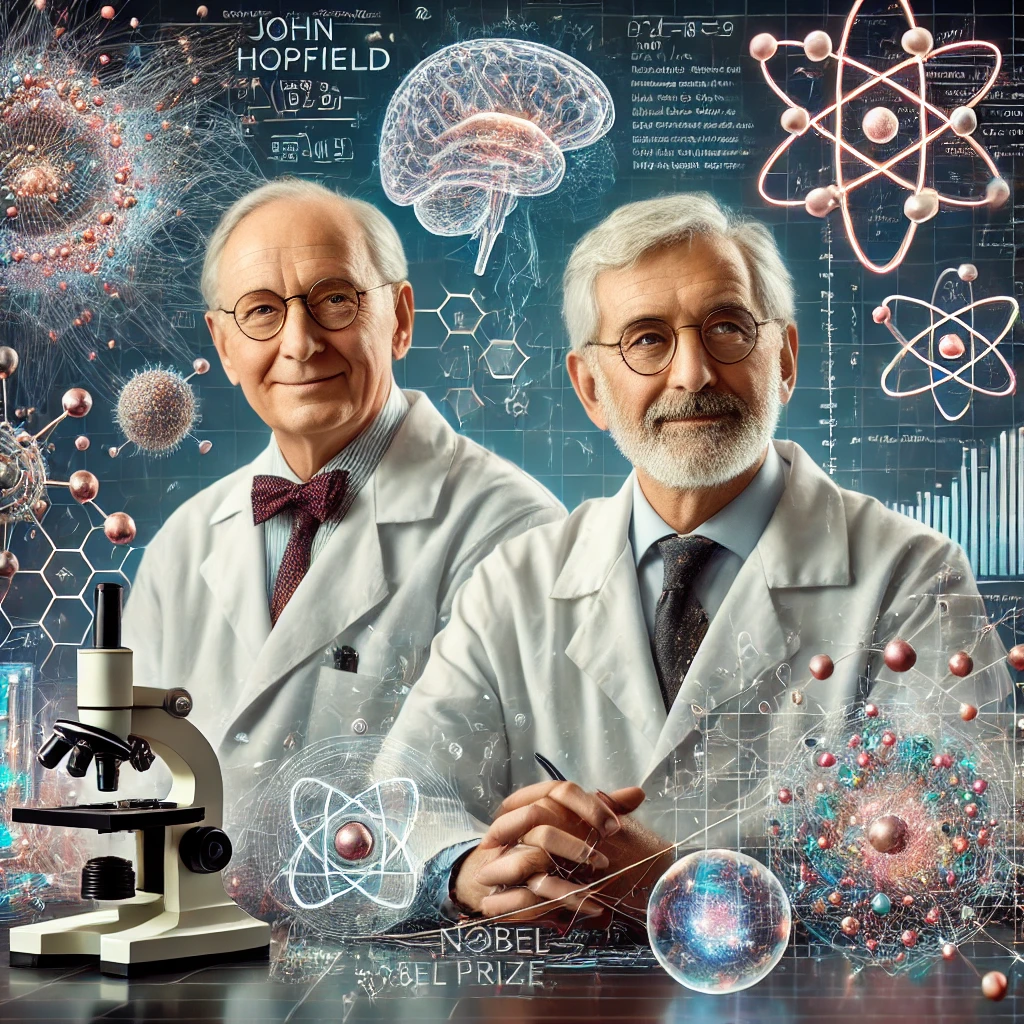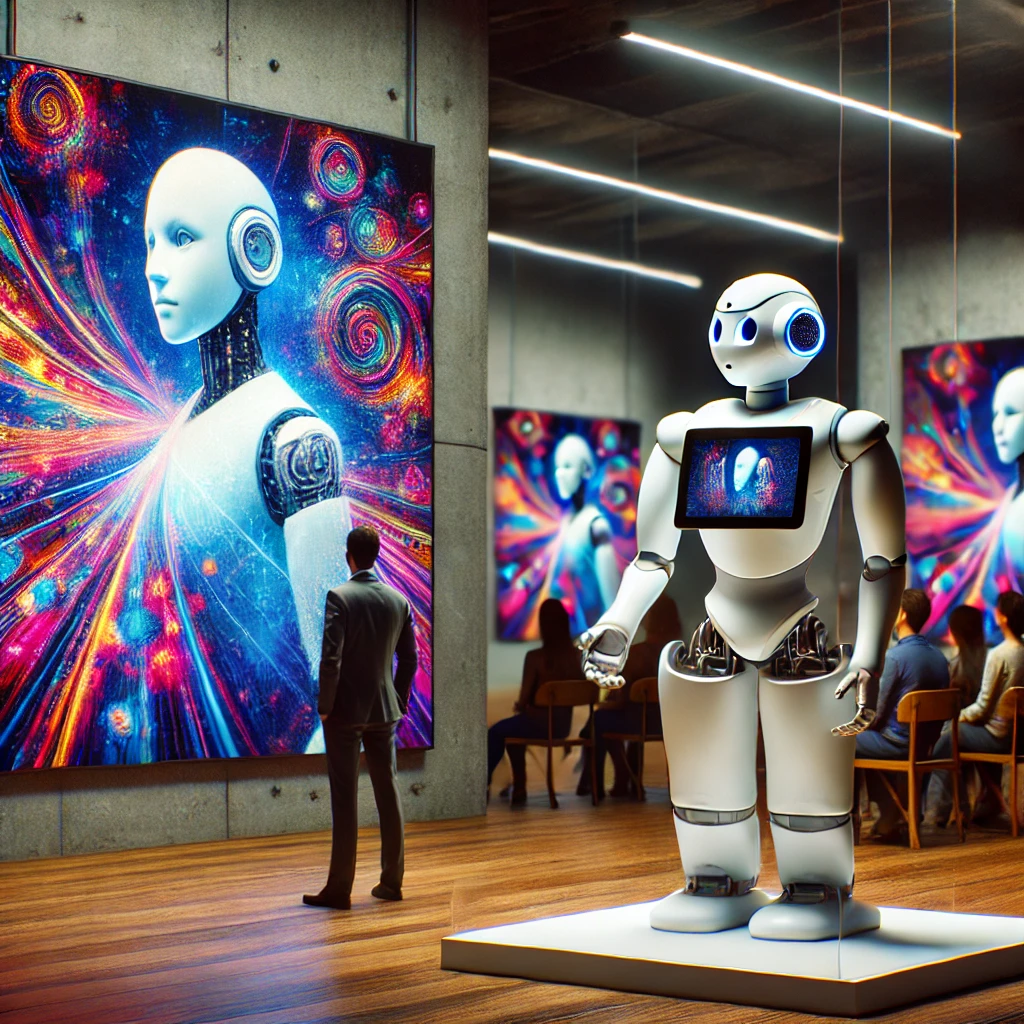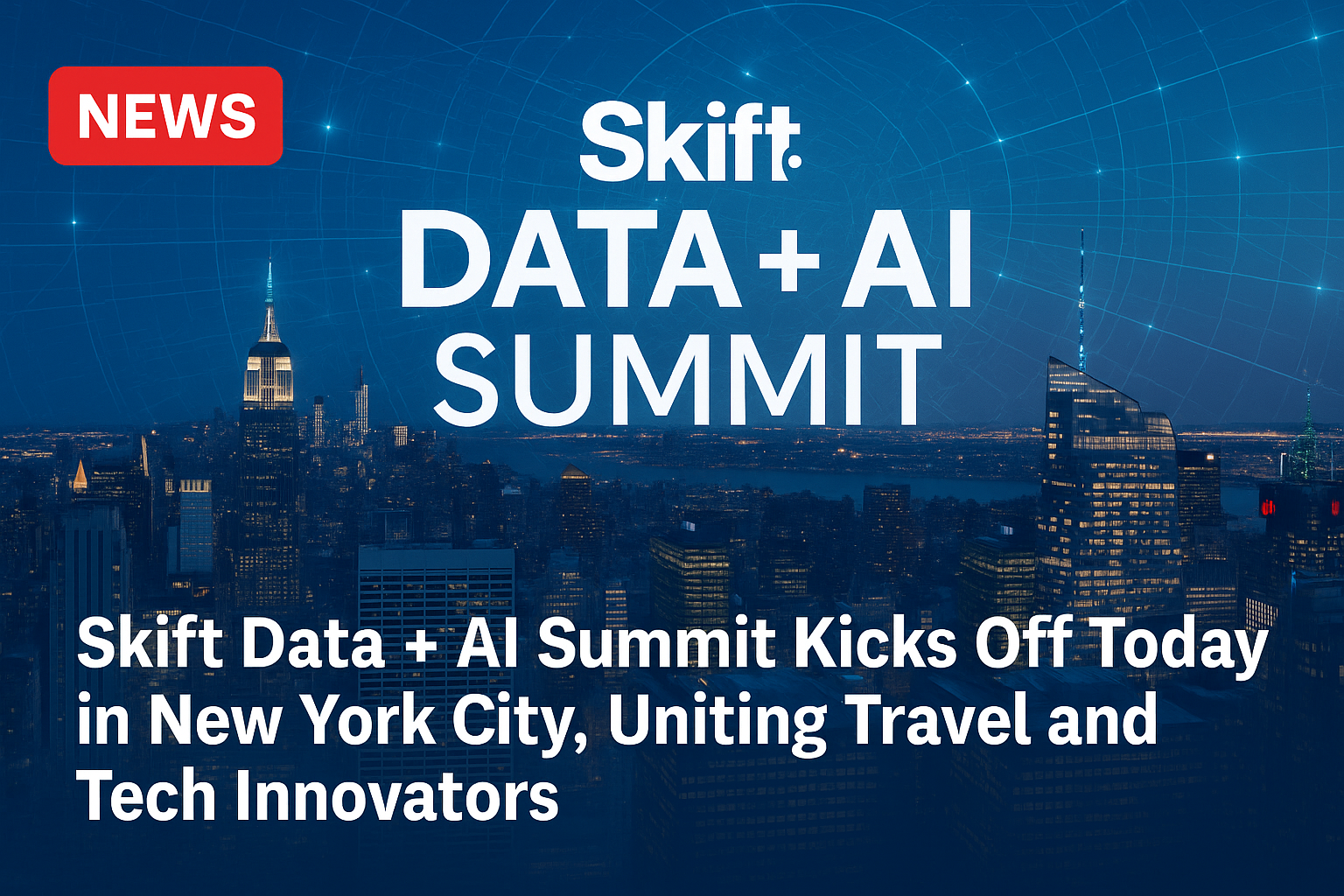The 2024 Nobel Prize in Physics has been awarded to two groundbreaking scientists, John Hopfield and Geoffrey Hinton, for their pivotal contributions to the development of artificial intelligence (AI). Their work laid the foundation for machine learning and neural networks, key technologies behind modern AI systems, including models like ChatGPT.
The Groundbreaking Contributions
John Hopfield, a biophysicist and neuroscientist, is credited with developing the Hopfield network in the early 1980s. This model is a type of recurrent neural network that mimics certain brain-like functions, allowing systems to “learn” patterns and make associations based on incomplete information. Hopfield’s ideas were instrumental in shaping the field of AI, particularly in understanding how the brain processes and stores information.
Geoffrey Hinton, often regarded as the “godfather of deep learning,” played a crucial role in the development of backpropagation—a method that enables neural networks to learn from large amounts of data. His research in the 1980s revolutionized the way AI systems are trained, allowing them to adjust internal parameters (weights) through repeated exposure to data, much like how humans learn from experience. Backpropagation is the core algorithm used in training deep neural networks, which power AI models like ChatGPT, image recognition systems, and voice assistants.
Enabling Modern AI Systems
The work of Hopfield and Hinton forms the backbone of many of today’s AI technologies. Their discoveries in machine learning and neural networks enabled the development of advanced AI models capable of performing complex tasks, such as natural language processing, computer vision, and autonomous decision-making.
Hinton’s contributions to deep learning in particular paved the way for large language models (LLMs) like ChatGPT, which are designed to understand and generate human-like text. These models rely on deep neural networks with millions (or even billions) of parameters, made possible through the techniques pioneered by Hinton and his colleagues.
Hopfield’s research, meanwhile, provided the theoretical foundation for understanding how neural networks can store and retrieve information, leading to advancements in memory-based AI systems and associative learning, both of which are essential in various AI applications.
The Road to Nobel Recognition
While AI is often associated with computer science and engineering, the Nobel Prize committee chose to honor Hopfield and Hinton in physics because their work bridges the gap between the physical sciences and the brain’s complex processes. Their theoretical insights into how neural networks function bear strong connections to physics, where systems dynamics, energy minimization, and pattern recognition play crucial roles.
The Nobel committee noted that Hopfield and Hinton’s contributions “profoundly changed our understanding of learning mechanisms, not just in machines but in biological systems as well.”
Impact on the Future of AI
The recognition of Hopfield and Hinton’s work highlights the importance of foundational research in AI, a field that continues to transform industries and societies around the globe. Their discoveries laid the groundwork for the AI revolution we are experiencing today, from self-driving cars to personalized healthcare systems.
AI is increasingly becoming a tool for scientific discovery itself, helping researchers in fields like physics, chemistry, and biology solve complex problems. With the techniques pioneered by these two Nobel laureates, AI systems are now capable of learning, predicting, and generating knowledge in ways that were unimaginable just a few decades ago.
As AI models continue to advance, the work of Hopfield and Hinton will remain central to the development of more powerful and efficient systems. Their discoveries are not only critical to today’s AI, but they also inspire the next generation of researchers to push the boundaries of machine intelligence even further.
Conclusion
The awarding of the 2024 Nobel Prize in Physics to John Hopfield and Geoffrey Hinton is a momentous occasion for the field of artificial intelligence. Their pioneering work in neural networks and machine learning techniques has reshaped the landscape of modern technology and scientific inquiry. As AI continues to evolve and play a transformative role in society, the contributions of Hopfield and Hinton will be remembered as essential to the growth and success of this rapidly advancing field.





